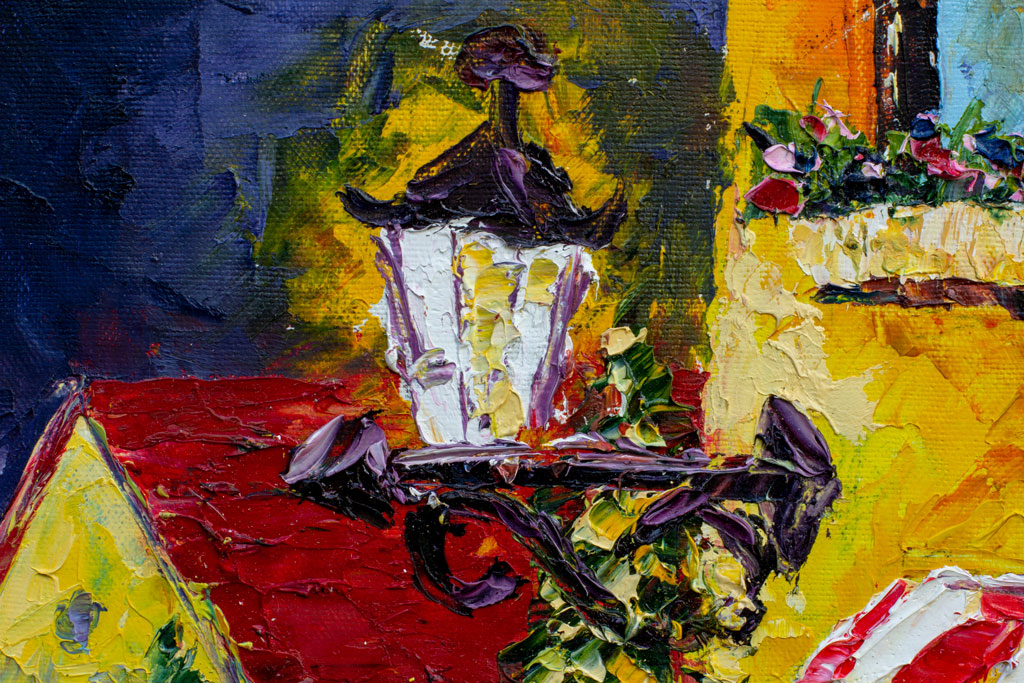
Authenticity is one of the major factors that determine the value of an artwork. Typically, the artwork comes with documentation that helps buyers to establish its authenticity. This documentation is known as provenance and typically documents all the people who have owned a particular painting stretching back to the original painter. However, like all paperwork, provenance can be forged. This is very common when it comes to online art auctions where fraudsters prey on newbies in the art industry to pass on forged artwork.
So how can you prove that your antique painting is not a forgery? Read on to learn more about this topic.
Proper Documentation
Your first line of defense when it comes to antique painting is the documentation. As stated, you should always ensure that your artwork has the right documentation at the point of purchase. Depending on where you purchase your artwork, you are exposed to varying degrees of risk. For example, brick and mortar art houses are unlikely to sell forged artwork although this can never be entirely ruled out. The highest risk when it comes to forged artwork is when you purchase it through online auctions. With this, you need to ensure that you don't start bidding for artwork before you scrutinize the documentation.
If you are just starting off as an art collector, it is a very good idea to engage the services of an antique painting expert who can help you verify the authenticity of a painting.
Get Certification
In order to boost the authenticity of your antique artwork, you can get certification from a respected antique painting expert. Such an organization will evaluate your antique painting and certify it as authentic. You need to do this if your antique painting has problematic documentation. Even if your documentation is fine, it is still a good idea to certify your artwork as it helps you to command a higher price should you decide to sell it.
Keep A Verifiable Owner’s List
One of the critical mistakes that antique painting owners make is to simply keep a list of previous owners as part of the documentation. This means that any potential buyers only have a list of names to go with a painting, which generally speaking, doesn’t say much about the authenticity of the artwork. Instead, the smart thing to do is to keep a list of names and contact information. This way, potential buyers have a way of verifying the authenticity of your antique painting. Given the fact that some of these paintings command high prices, few buyers are willing to invest in artwork unless they can verify its authenticity. Giving potential buyers the ability to verify your documentation increases the chances that you will get good prices for your artwork.
Keep Receipts
If you bought your antique painting from an art gallery, the receipts from that purchase are also a great way to prove that your painting is not a forgery. The great thing about receipts is that they also act as a counter-check for any other documentation that supports the authenticity of the painting. They also make it possible for a potential buyer to verify that the painting was bought from the art gallery.
Other supporting materials that you can use include videos of artists (for more recent artwork) talking about the painting or even pictured with the painting. The key to remember here is that the more proof you have that the artwork is genuine, the easier it is to sell it at premium prices.